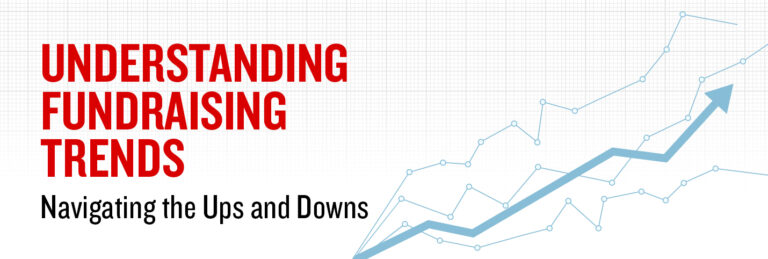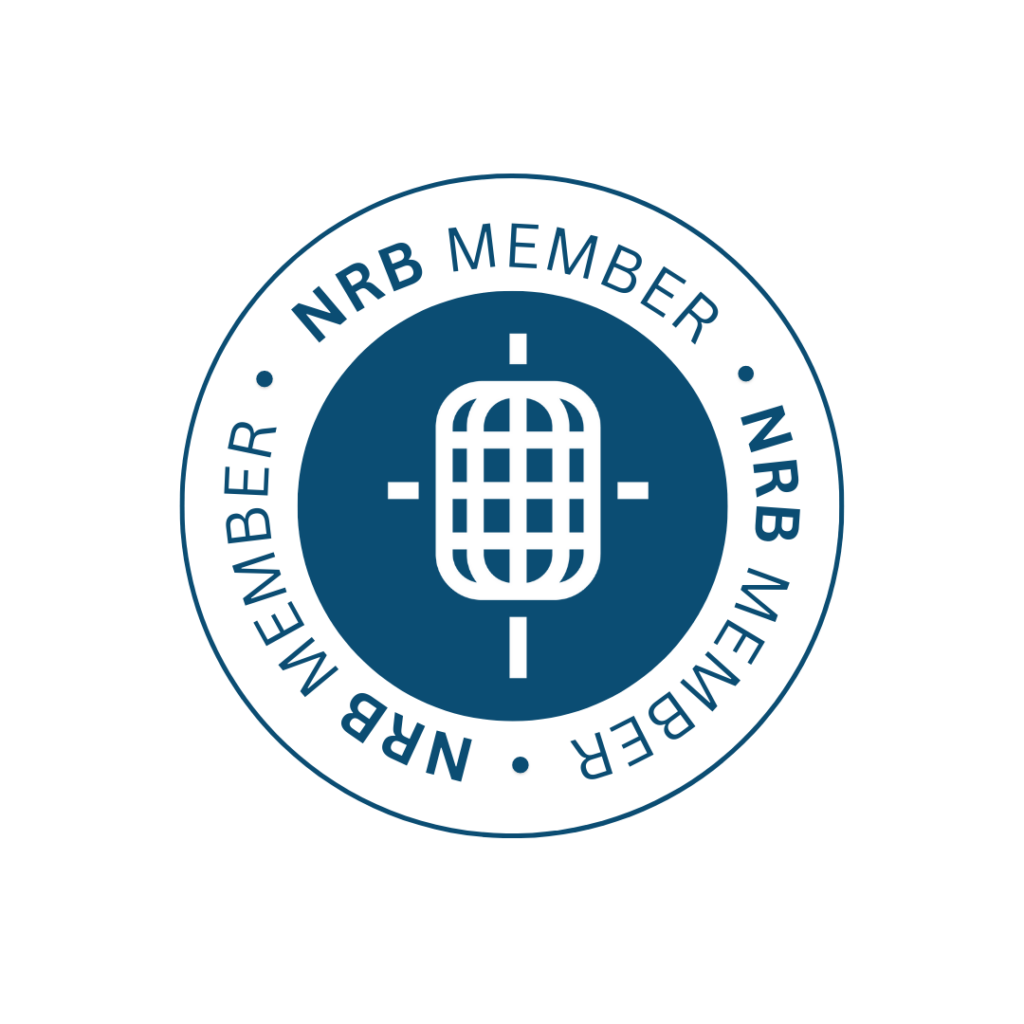How Ambitious Are Your Year-End Goals?
I still remember the day several years ago when an organization we serve told me they needed to raise about 25% more income in the upcoming calendar year-end campaign than they had ever raised before.
Additionally, at the time, this particular organization raised about 80% of its operating income during its calendar year-end campaign. So, failure to meet this goal would have strong consequences for their outreach in the following year.
We quickly set about identifying our multi-channel strategy to reach the lofty goal by communicating the offer clearly—stating the need to the donor and showing how the donor’s gift would have an impact. We watched the numbers with bated breath as they rolled in daily, made a few adjustments along the way, and in the end, the donors responded generously and the organization came in over budget!
I share this story as an encouragement to you. No matter the size of your calendar year-end goal (even if it is lofty), in most cases, you can achieve it with the proper planning and the right offer. Here are a few tips that will help ensure your success:
● Identify what your actual monetary goal is. Are you making up for a deficit or do you have an expanded vision for the next year (or maybe even both)? Or is your goal for something else entirely?
● Review your historical calendar year-end campaigns in terms of income, timing, messaging, and channels used. The more detail you have, the easier it will be to see what worked and what didn’t to help form this year’s campaign.
● Identify your offer. Most people give to either make good things happen or prevent bad things from happening. You need to decide which is appropriate for your organization’s communications so you can form your offer around that direction. We’ve identified the following elements of an effective offer:
o What is the problem/opportunity?
o What is your organization doing to solve this problem/opportunity?
o How much will it cost to solve the problem/take advantage of the opportunity?
o How will the donor’s gift help in this solution?
o Why should they give now?
● Put all donor communications on a calendar and identify the execution dates, owner, purpose, channel, etc. Then ensure everyone who communicates with the donor has access. This will help promote ease for your organization in following your communications plan and, more importantly, it’ll create a natural rhythm for your donors.
● Evaluate your channels of communication to see if there are any you should add.
● Watch results as they come in, and adjust or course correct as needed throughout the campaign.
As a fundraiser, you already know the incredible financial potential the last quarter of the calendar year represents for your organization. According to Blackbaud’s Charitable Giving Report for 2021, the months of October, November, and December represent 37% of charitable giving—about 20% of that coming in during the month of December!
So, have ambitious goals . . . but remember that preparation is key to your success at this vital time of year.
Related articles
-

More Than Just Work
As a young Christian professional navigating the conundrum of aligning my beliefs into a purposeful career, I’ve been blessed to…
-

What to Think of Artificial Intelligence and Its Impact on Fundraising . . .
In trying to summon an image to represent our theme for this issue of Donor Focus, I found myself drawn…







